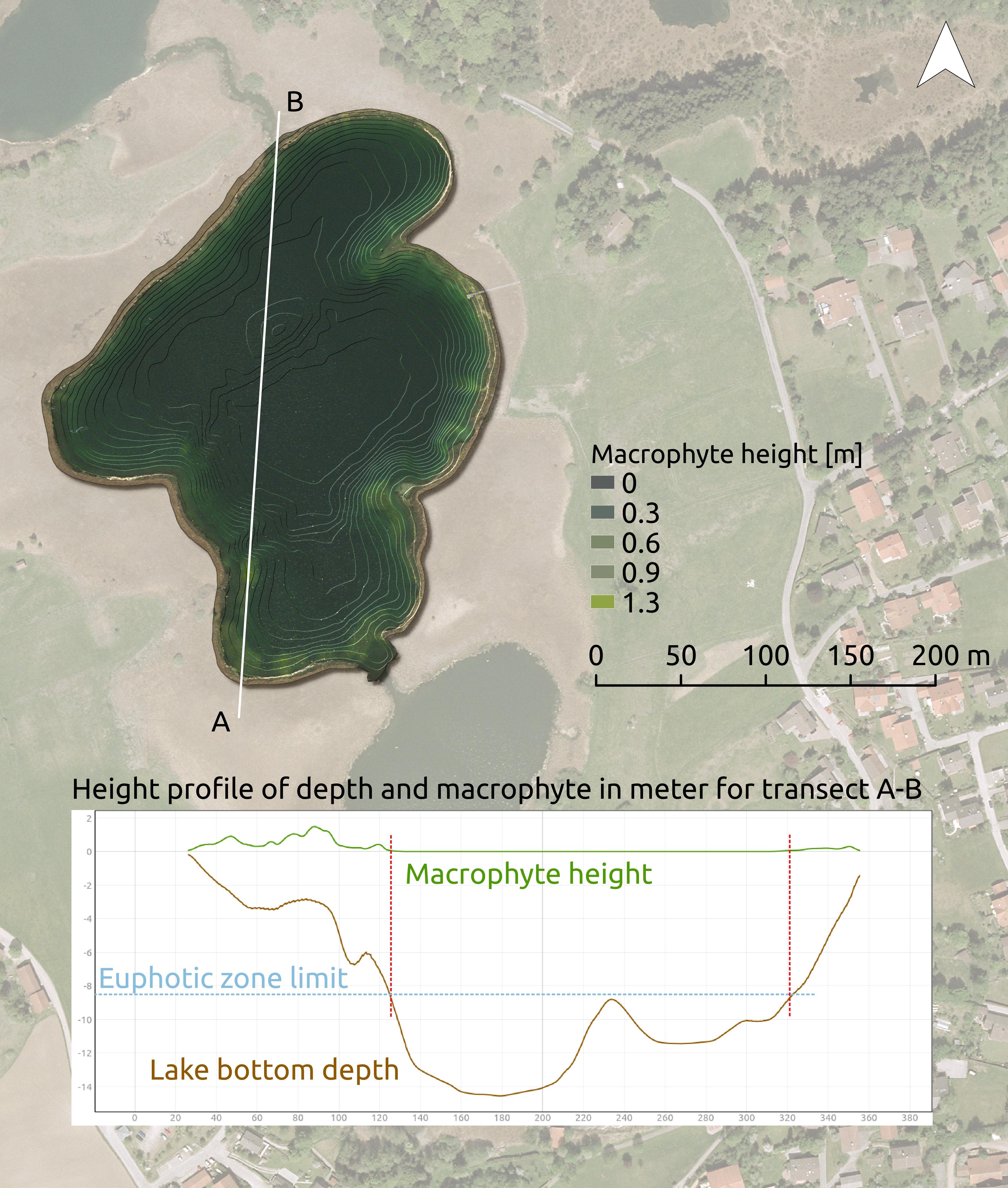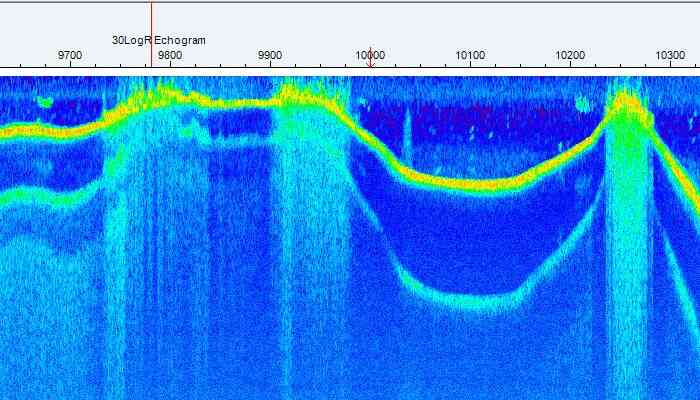Macrophytes in Aquatic Ecosystems: A Hydroacoustic Assessment
Aquatic plants are species that have adapted to living in aquatic environments, whether in saltwater or freshwater. They are commonly referred to as hydrophytes or macrophytes. Macrophytes are aquatic plants that grow in or near water and can be categorized as emergent, submergent, or floating. They also include helophytes, which are plants that grow in marshes and are partially submerged, regrowing from buds below the water surface. In lakes and rivers, macrophytes provide cover for fish, serve as a substrate for aquatic invertebrates, produce oxygen, and act as food for some fish and wildlife.
Aquatic Habitat Echosounder
Macrophytes play a critical role in aquatic ecosystems by performing various ecosystem functions and providing valuable services to human society. One significant function is the uptake of dissolved nutrients such as nitrogen (N) and phosphorus (P) from the water. Submerged aquatic plants can also serve as measurable indicators of ecological conditions within a lake. Hydroacoustic techniques, which are widely used and well-proven for assessing seafloor habitat characteristics, collect data using specialized echosounders for aquatic habitat mapping. The amplitude of the signals transmitted is crucial for analyzing and detecting plant stands, bottom depth, and substrate type.
Echogram (left) and Oscilloscope (right) showing range [m] and amplitude [dB] of data collected
Bathymetric lines (depth) and plant height are derived from echosounder signals, as shown in the map below. The height profile indicates the depth at which macrophytes can grow. For this lake, the macrophytes reach a maximum depth of about 8 meters, representing the limit of the euphotic zone.

